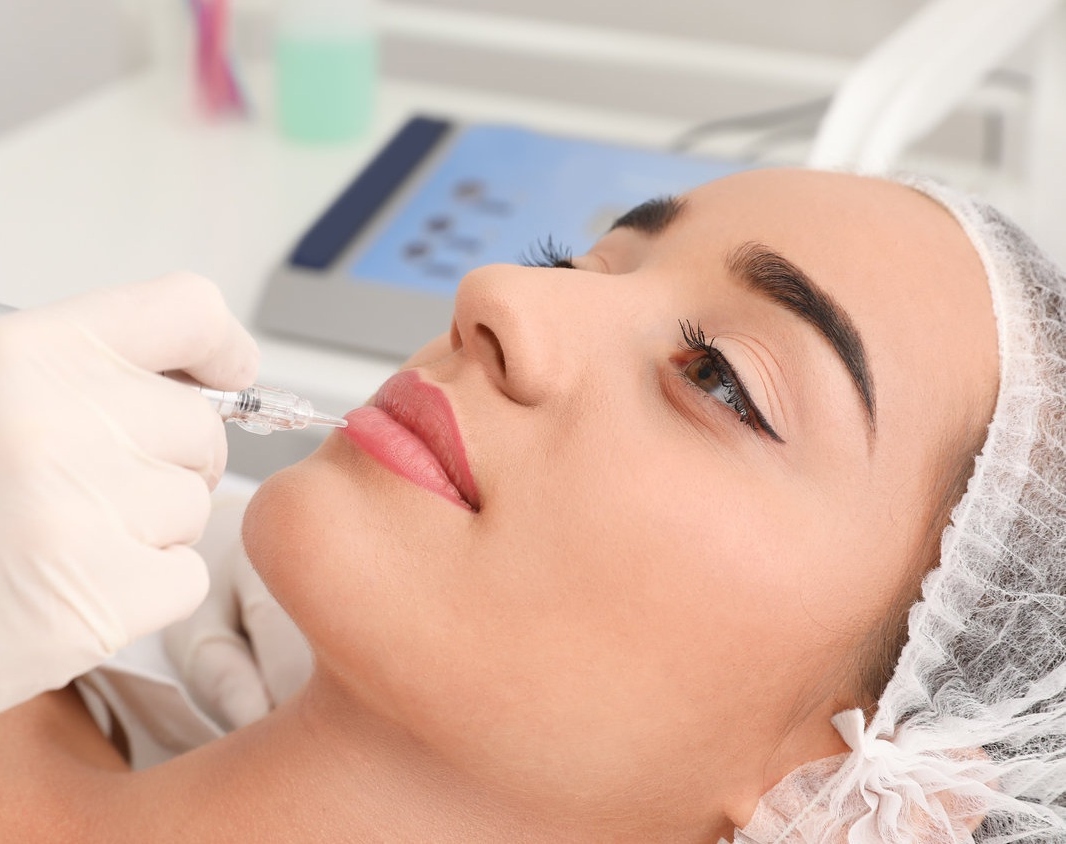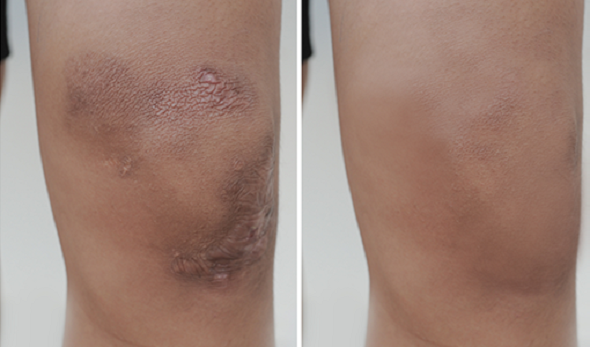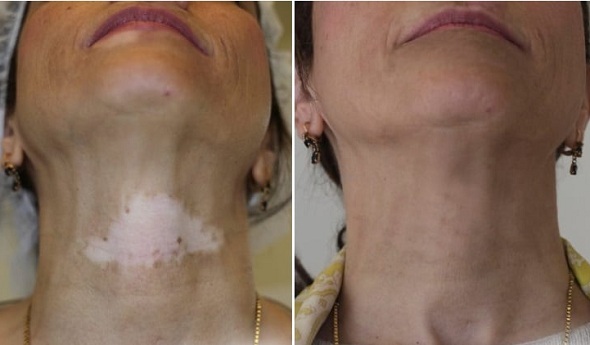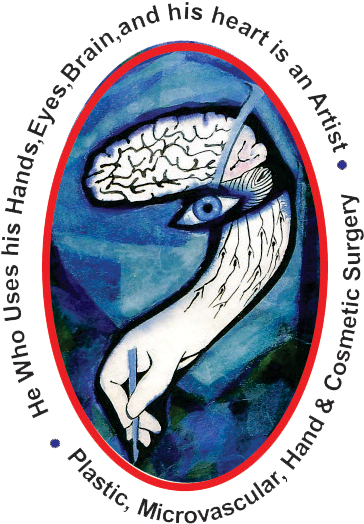Micro Pigmentation
Micropigmentation is the process of inserting coloured medical inert Micropigments with special device just beneath the skin epidermal layer at different depth as per the requirements.

Micropigmentation for Burn Scars
Micropigmentation involves implanting small particles of natural pigment under the skin to bring about an aesthetic tattoo. The procedure is sometimes termed as permanent cosmetics.
Benefits
Micropigmentation can:
Help blend the color of scar tissue to more closely match that of surrounding skin.
Break up the scar’s tough texture, softening and flattening it.
SCARS
Scars can be emotionally devastating for many people, leading to mental and emotional complications. Scars can be disfiguring and aesthetically unpleasant. Side effects of scarring may include:
Severe itching
Tenderness
Pain
Sleep disturbances
Anxiety and/or depression
Disruption of daily activities
Micropigmentation for Vitiligo
Micropigmentation involves implanting small particles of natural pigment under the skin similar to a tattoo. The procedure is sometimes called ‘permanent cosmetics.
Questions? We got Answers!
Before the procedure, your Cosmo physician will review your medical history and perform a physical examination. This is the time for the doctor and patient to discuss expectations, potential risks, and outcomes of the procedure.
In addition, the patient should:
- be in healthy condition.
- have realistic expectations.
- report any history of allergic reaction to anesthesia.
- tell the doctor about any prescription and over-the-counter medication, as well as supplements that they are currently taking.
- avoid shaving the treatment area prior to surgery.
- not take blood-thinning drugs for at least two weeks prior to surgery.
- avoid smoking for at least two months prior to surgery.
Micropigmentation is appropriate for the following conditions:
- Scars
- Vitiligo
Those who are not candidates for the procedure include:
- Patients with active skin disorders, such as pink eye, warts or herpes simplex.
- Patients with AIDS, diabetes, dry eye syndrome, blood disorders, hepatitis B or C or lupus.
- Patients allergic to red dyes D and C.
- Patients with soft-tissue fillers.
- Patients who have taken Accutane in the last six months.
- Swelling in the treated area, which can be treated with ice packs and ointments.
- Pigments will look darker for the first week until the skin heals.
- Improved appearance in treated area within a few days.
- Full healing of treated area in two to four weeks.
- Follow up treatment may be necessary in some cases.





